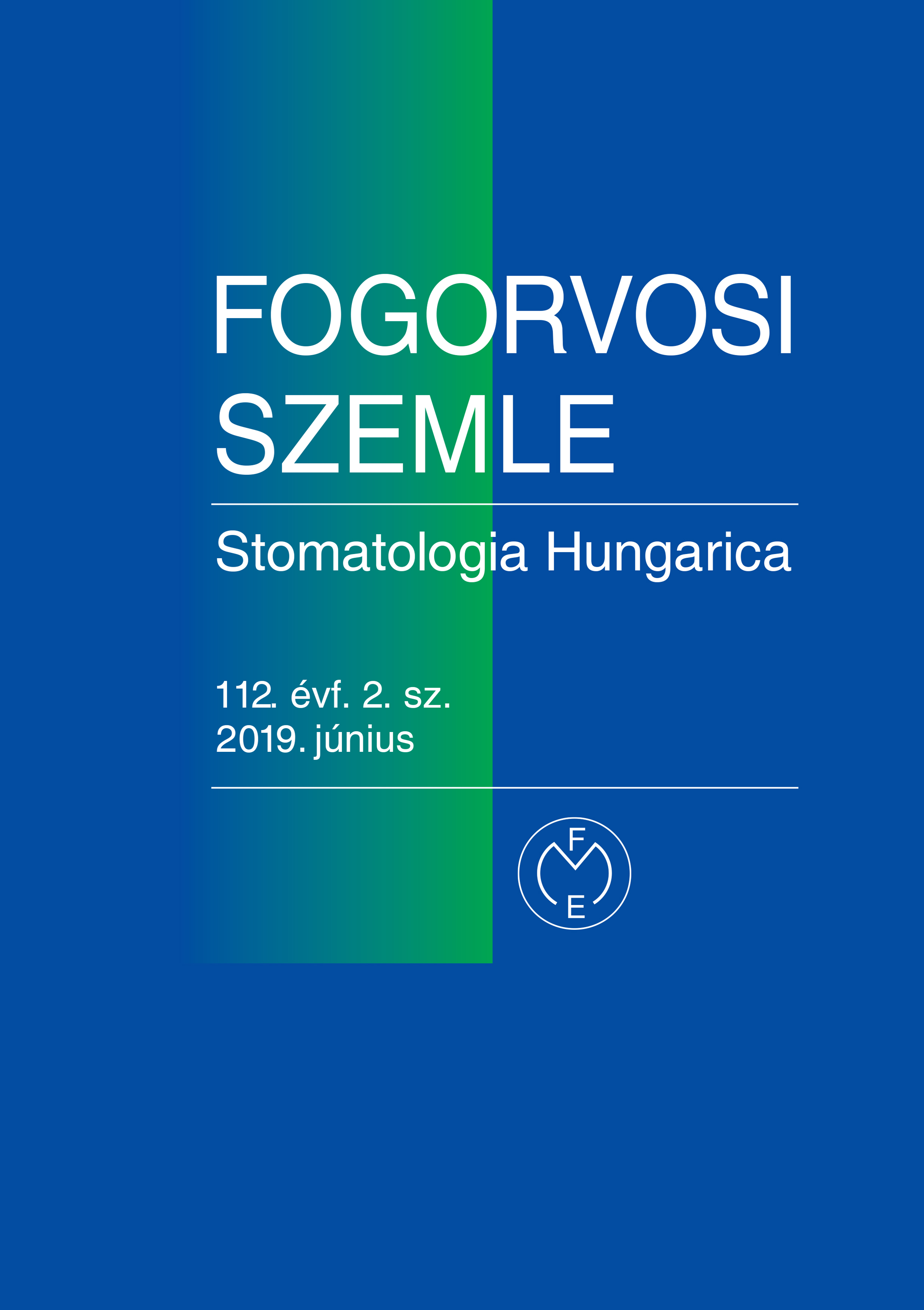The Chlorhexidine gluconate release profile from PerioChip® in various pH solutions: an in vitro study
Abstract
The management of periodontal disease is frequently aided by the use of local antimicrobial adjuncts to therapeutically
support mechanical debridement. Various antimicrobial agents have been shown to be effective against putative periopathogenic
microorganisms, thereby promoting the healing processes. PerioChip®, as a locally delivered chlorhexidine
gluconate (CHX) controlled releasing system, is such a local antimicrobial adjunct. The aim of this study was to determine
the CHX release profile of the PerioChip® system in different pH buffer solutions. Phosphate-buffered saline (PBS)
at pH 7,4 and universal Britton-Robinson buffer solutions in the range of pH 4–12 were used as releasing mediums. The
total period of release was 1 week. The amounts of released CHX were measured by HPLC. Acidic pH showed a positive
effect on the release rate and speed. The rate and speed of release were fastest at pH 4, when 86,9% of the embedded
antimicrobial agent was released from the gel. In contrast, the observation was notably different in an alkaline
pH environment. A 39% release was noted at pH 8 which decreased to 27% at pH 10. These findings suggest that the
pH of a medium has a significant impact on the dynamics of the local release process of adjunctive chlorhexidine gluconate
from the PerioChip® system, thereby playing an important role in the bioavailability of the antimicrobial therapeutic
agent in the combat of periodontal disease.
Copyright (c) 2021 Authors

This work is licensed under a Creative Commons Attribution 4.0 International License.


.png)




1.png)



